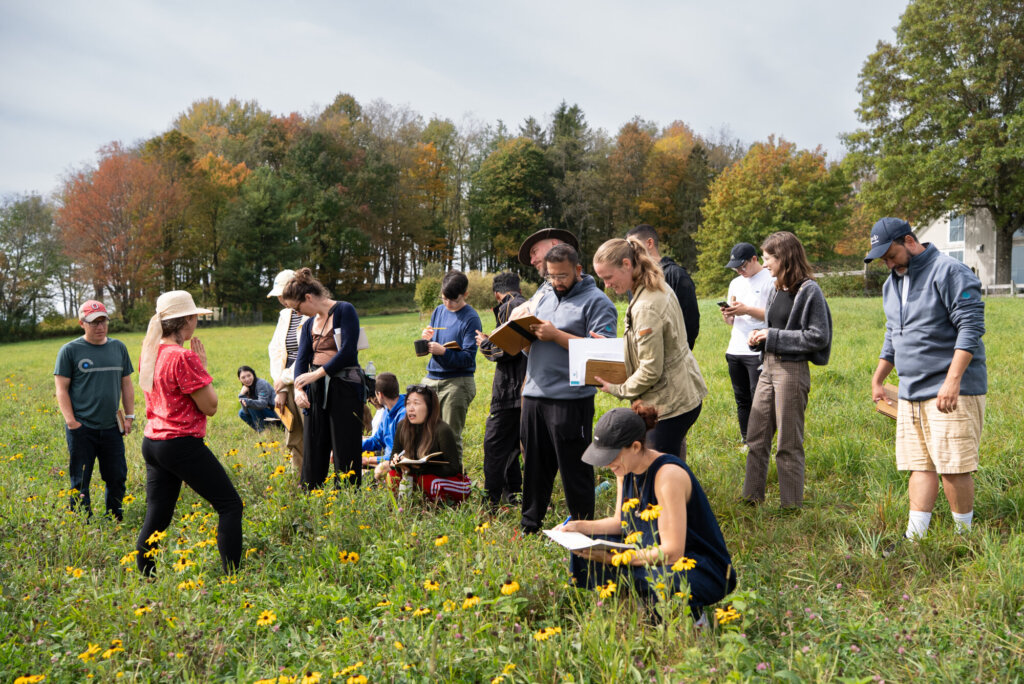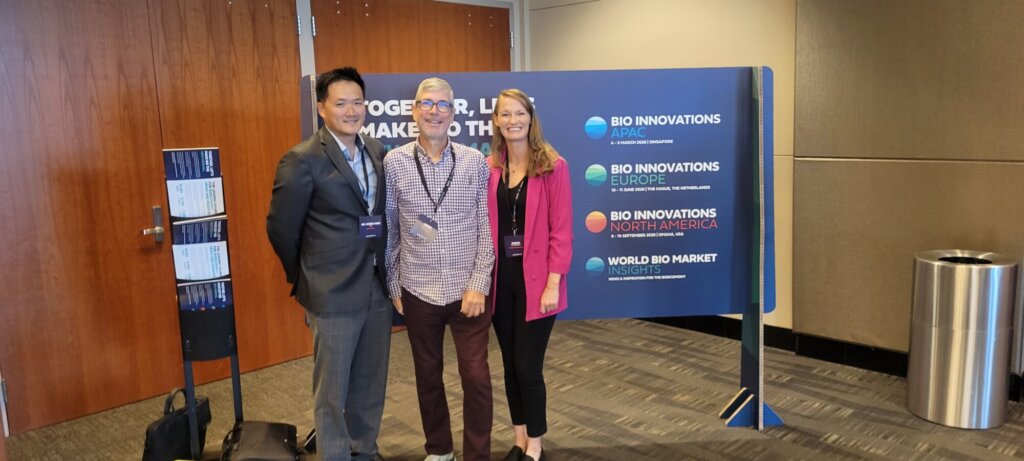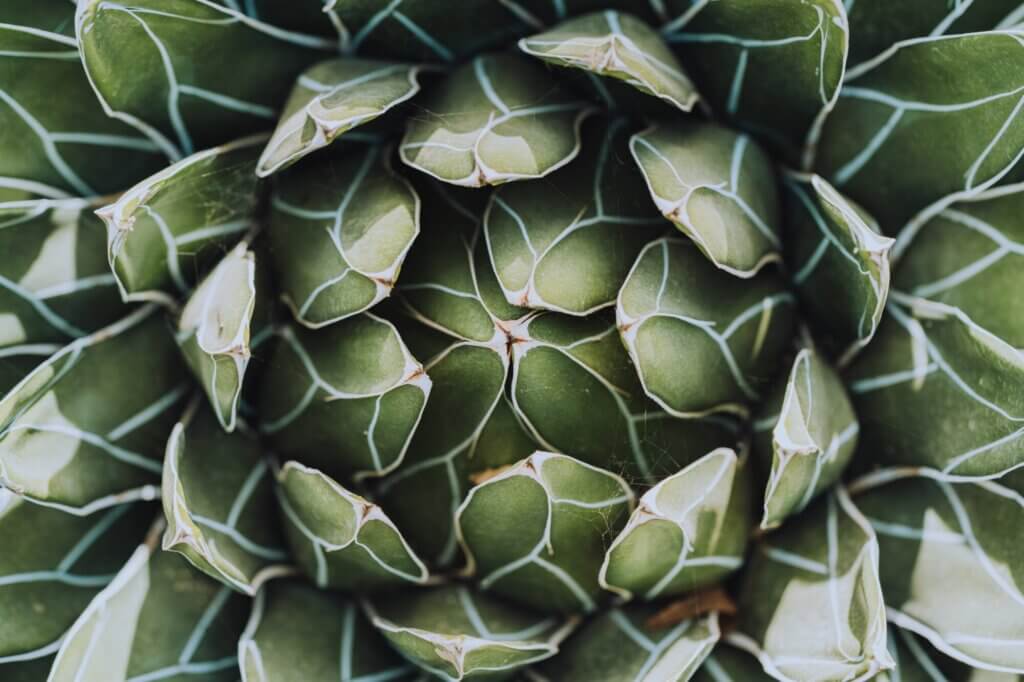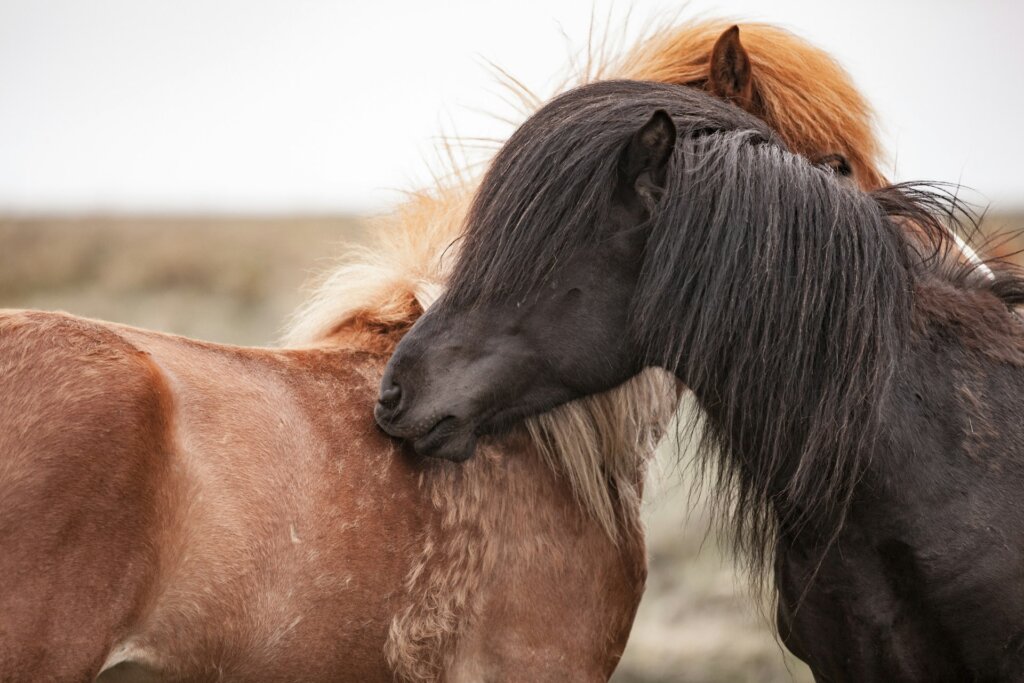
Have you ever received a gift or a kind compliment that inspired you to “pay it forward” with a generous gesture of your own? A 2014 study offers fascinating insights into this behavior, revealing that the act of “paying it forward”—where a recipient of a kind gesture extends a good deed to a third-party individual—is not exclusive to humans but is also observed in capuchin monkeys.
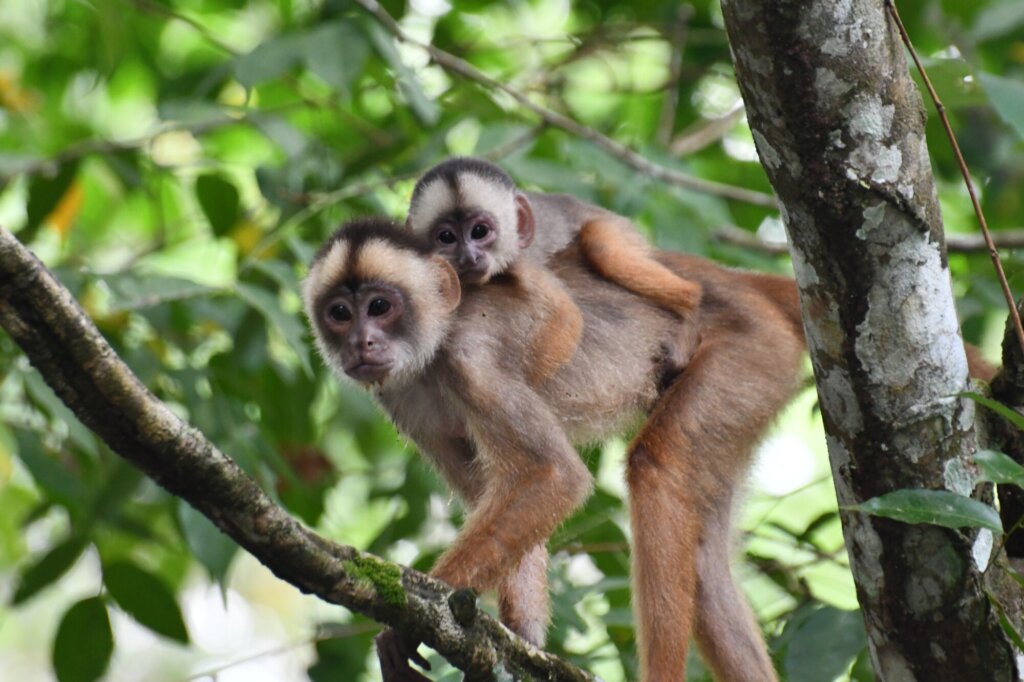
Researchers from Yale University investigated how both capuchin monkeys and four-year-old children replicate received actions, both positive and negative, within their groups. Using a specially designed apparatus, both children and capuchin monkeys were given the option to distribute outcomes between themselves and another member of their group. The choices were simple but telling:
- Capuchins could choose between a grape (a high-value item) and spinach (a lower-value item).
- Children decided between several star-shaped stickers (more stickers vs. fewer).
The setup allowed them to act without verbal communication or external influences, ensuring that their choices reflected innate behavioral tendencies rather than prompted responses.
The results were strikingly similar across species. Both monkeys and children often chose to “give what they got,” both positive and negative, suggesting that the mechanisms driving this behavior may be rooted in their natural cognitive development and might be evolutionary conserved. This behavior was not limited to prosocial (positive) behaviors, as negative actions were paid forward, too.
These findings enhance our understanding of social dynamics and suggest that the inclination to reciprocate generous behavior may have deeper biological and psychological underpinnings than previously understood.
This discovery compels us to acknowledge the significant influence of our actions. An interaction we have, positive or negative, can influence the behavior of another, shaping their next interaction, and the one after that. In this way, each of us holds the power to weave a tapestry of kindness and understanding, thread by thread, transforming individual moments into a shared, enduring legacy.
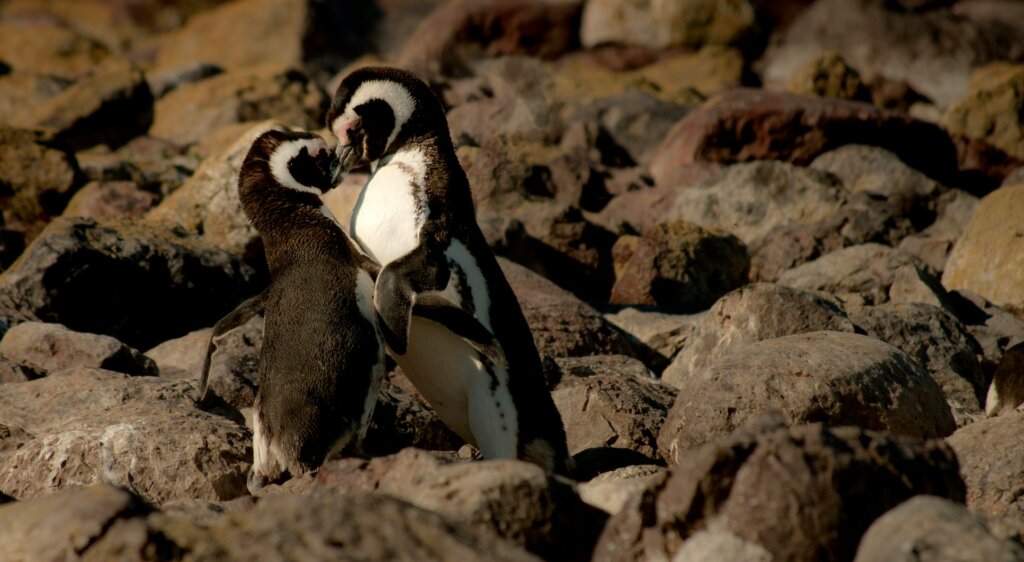
Further Exploration of Gratitude in Nature
Gratitude in animals, seen in behaviors like grooming and food sharing, underscores the deep social connections and survival instincts in the animal kingdom, reflecting a form of mutual appreciation that parallels human expressions of thankfulness. This conversation opens a positive exploration into whether animals can experience a sustained form of gratitude akin to humans, who cherish and remember acts of kindness long term. It invites an optimistic inquiry into the emotional richness of animals and the multifaceted nature of gratitude, celebrating the potential for deeper emotional bonds across species.
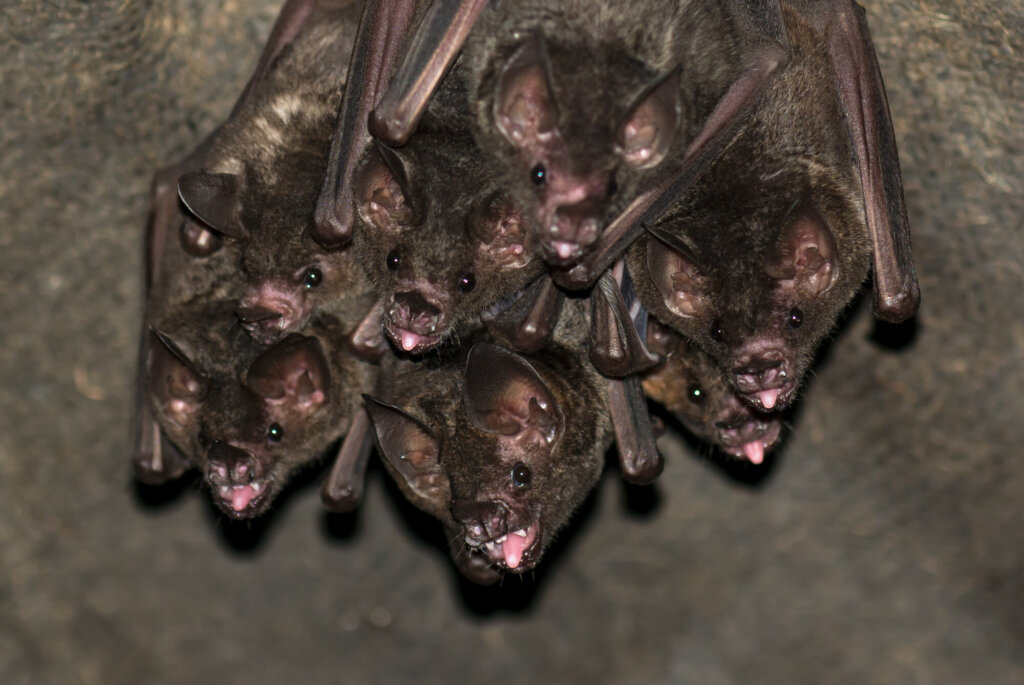
Vampire bats offer a fascinating glimpse into altruism beyond the confines of kinship.
Kin selection suggests that reciprocal altruism should tend to show up more frequently among genetically related individuals, yet the vampire bat is one of several examples that show that genetic relatedness is not a determinant factor in all cases. Vampire bats often share food with reciprocal non-kin members of their species, evidencing a complex social exchange where altruistic acts extend beyond genetic ties. Although potentially unsettling by name, these tiny mammals may offer us a unique way of thinking about grateful behaviors and mutually beneficial relationships.
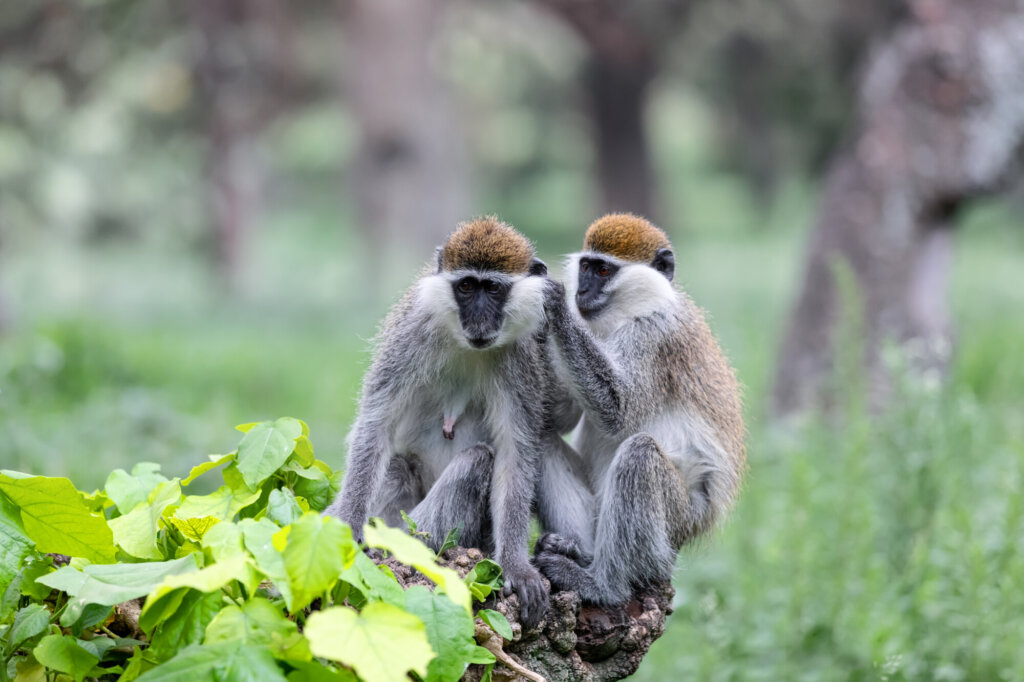
Vervet monkeys stand out as an example of animals that remember and reciprocate acts of kindness.
Vervet Monkeys demonstrate a remarkable form of reciprocal altruism, engaging in grooming not just with their kin but with other members of their community as well. This grooming isn’t just about cleanliness; it may be building a social exchange, a way of establishing and maintaining bonds. What’s even more fascinating is that vervet monkeys remember these acts of kindness. They are more likely to aid those who have helped them in the recent past, transcending immediate benefits and possibly reflecting a deeper, more meaningful alliance.
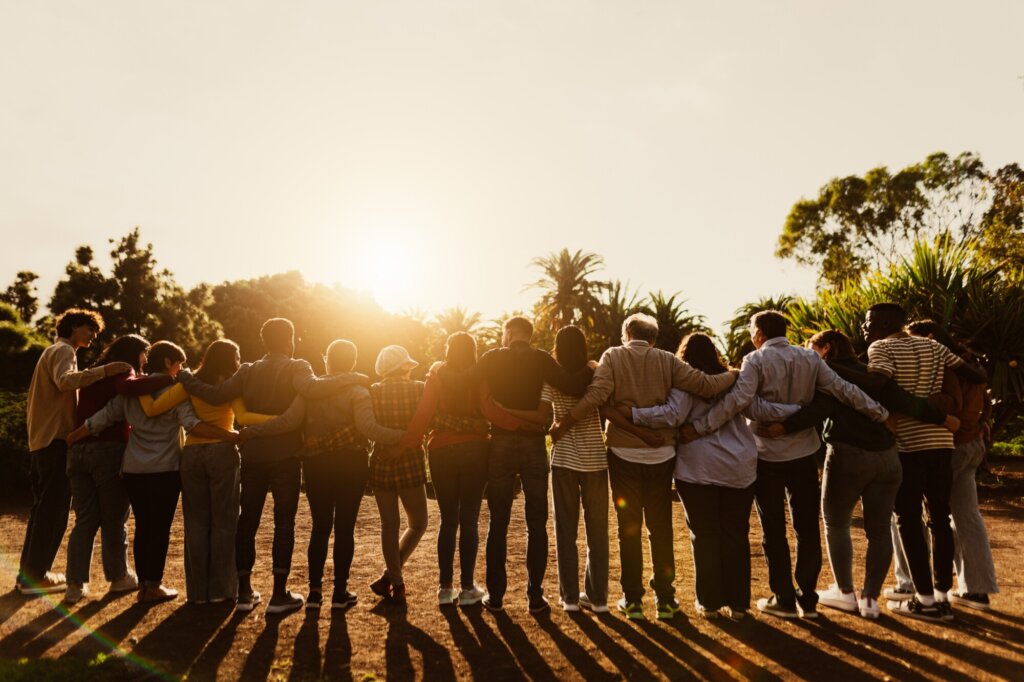
As we share these insights and stories, we’re reminded of the interconnectedness of all living beings and the shared capacity for gratitude that binds us. May your last weeks of 2025 be filled with deep connections, reflections of gratitude, and hearts filled with love and joy.
This post was adapted from the Biomimicry Institute’s 2024 Spring Campaign and was co-written by Kat Sitnikova, Development Assistant and Collin Unsworth, Biomimicry Integrationist.


